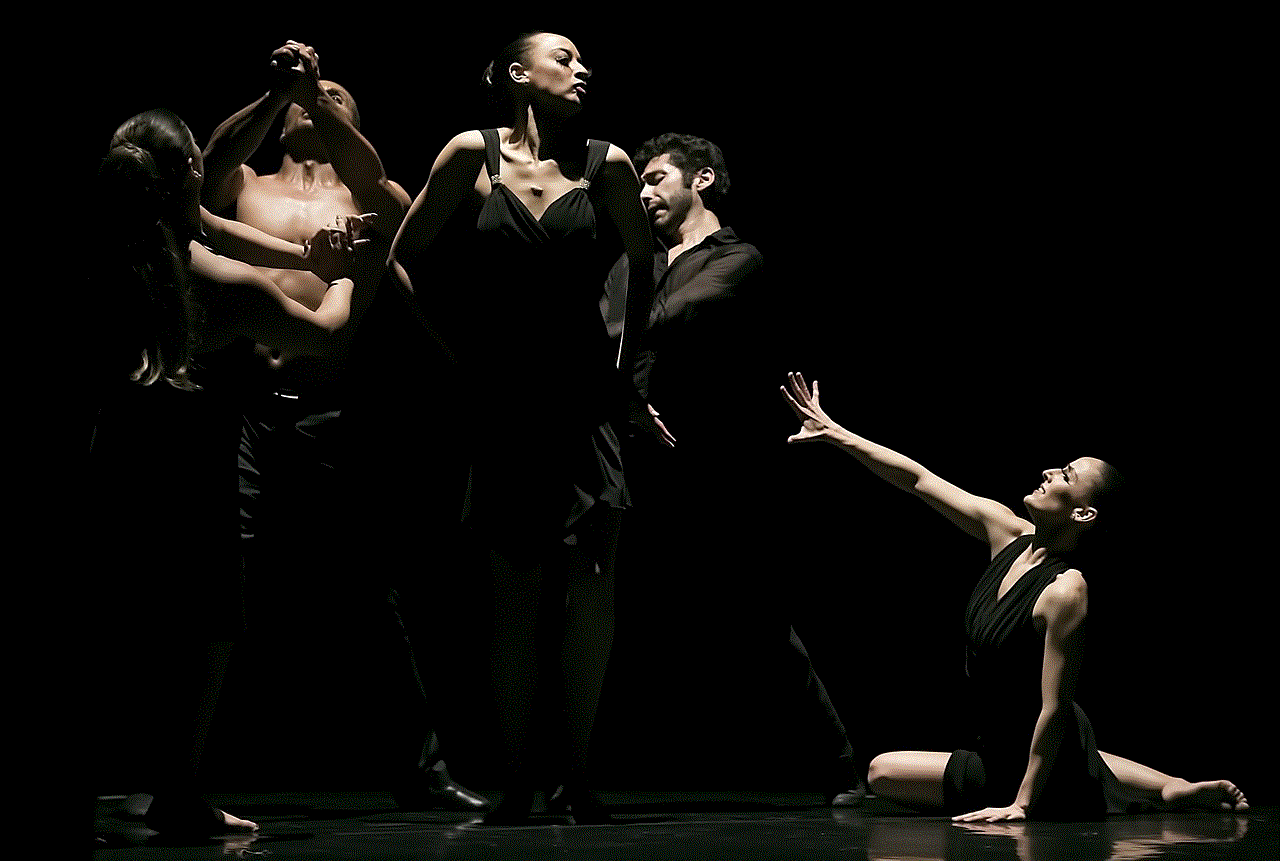look at me look at me
# Look at Me, Look at Me: The Journey of Self-Expression in the Digital Age
In an era dominated by social media, online platforms, and digital communication, the phrase “look at me, look at me” has taken on a new resonance. It encapsulates a deep-seated desire for recognition and validation in a world that often feels overwhelming and impersonal. This article explores the multifaceted implications of this phenomenon, examining how self-expression, identity, and societal norms have evolved in the context of the digital age.
## The Evolution of Self-Expression
Historically, self-expression has been an integral part of human existence. From ancient cave paintings to modern art, individuals have always sought ways to communicate their thoughts, feelings, and identities. However, with the advent of the internet and social media, the landscape of self-expression has transformed dramatically. Platforms like Instagram , TikTok, and Twitter allow individuals to share their lives instantaneously with a global audience. The phrase “look at me, look at me” epitomizes this shift, highlighting the desire for others to acknowledge one’s existence and experiences.
### The Rise of Social Media
The rise of social media has been a game-changer for self-expression. Platforms such as Facebook , Instagram , and TikTok have democratized the act of sharing, allowing anyone with internet access to become a content creator. This accessibility has led to a surge in personal branding, where individuals curate their online personas to attract followers and gain recognition. The relentless pursuit of likes, shares, and comments has created a culture where visibility is equated with worth, compelling people to shout, “look at me, look at me,” in a bid for attention and validation.
### The Psychology of Attention
The human brain is wired for social interaction and connection. The need for attention and validation is deeply rooted in our psychology. Social media amplifies this need, providing instant feedback through likes and comments. This feedback loop can create a sense of euphoria for some, while for others, it can lead to anxiety and depression when the desired attention is not received. The phrase “look at me, look at me” becomes a cry for recognition, a plea for validation in a digital landscape that can often feel isolating.
### Identity and Self-Representation
As individuals navigate the complexities of self-expression online, they also grapple with questions of identity. The digital world offers a canvas for self-representation, but it also poses challenges. People often curate their online personas, showcasing only the highlights of their lives while omitting the struggles and mundane aspects. This selective representation can create unrealistic standards and foster comparison, leading to feelings of inadequacy among those who consume this content. The desire to be seen and validated can morph into an obsession with perfection, further complicating the quest for genuine self-expression.
## The Impact of Influencers and Celebrity Culture
The rise of social media influencers has significantly influenced the dynamics of self-expression. Influencers often embody the idealized versions of ourselves that many aspire to be. Their curated lives, complete with glamorous photos and seemingly flawless lifestyles, set a standard that can be both inspiring and intimidating. The phrase “look at me, look at me” resonates strongly in this context, as influencers constantly seek attention and validation from their followers.
### The Double-Edged Sword of Influence
While influencers can inspire creativity and self-expression, they also perpetuate a culture of comparison. Followers may find themselves striving to emulate the lifestyles of their favorite influencers, leading to a cycle of dissatisfaction and self-doubt. The pressure to perform and constantly seek validation can be overwhelming, prompting individuals to prioritize their online presence over their well-being. The digital age, while offering new avenues for self-expression, often blurs the lines between authenticity and performance.
### The Quest for Authenticity
In a world saturated with curated content, the quest for authenticity has become paramount. Many individuals crave genuine connections and seek to present their true selves online. The phrase “look at me, look at me” can take on a different meaning in this context, representing a desire for authenticity rather than mere attention. This shift has given rise to movements that celebrate vulnerability and realness, encouraging individuals to share their struggles alongside their successes.
## The Role of Community in Self-Expression
As individuals navigate the digital landscape, the importance of community becomes increasingly evident. Online spaces offer opportunities for connection, support, and shared experiences. The desire to be seen and heard is often amplified within communities that share similar interests or struggles. The phrase “look at me, look at me” transforms into a call for solidarity and understanding, highlighting the power of collective self-expression.
### Building Supportive Networks
Online communities can provide a sense of belonging, especially for those who may feel marginalized or isolated in their offline lives. Platforms like Reddit, Tumblr, and various Facebook groups foster environments where individuals can share their stories and seek support. This sense of community encourages people to embrace their identities and express themselves without fear of judgment. The act of saying “look at me, look at me” becomes an invitation for connection rather than a demand for validation.
### The Dangers of Echo Chambers
However, the digital age is not without its pitfalls. While online communities can be supportive, they can also become echo chambers that reinforce certain beliefs and behaviors. Individuals may find themselves surrounded by like-minded people, leading to a narrow view of reality. The desire for recognition can become tied to group identity, resulting in an “us versus them” mentality. This can stifle genuine self-expression and lead to the perpetuation of harmful stereotypes or narratives.
## The Intersection of Mental Health and Self-Expression
As the quest for recognition and validation intensifies, the intersection of mental health and self-expression becomes increasingly significant. The pressure to perform and seek attention online can take a toll on mental well-being, leading to anxiety, depression, and issues related to self-esteem. The phrase “look at me, look at me” can become a mantra that reflects deeper struggles with self-worth and identity.
### The Impact of Social Comparison
Social comparison theory suggests that individuals evaluate their own worth based on comparisons to others. In the digital age, where curated lives are on constant display, this comparison can lead to detrimental effects on mental health. The pressure to conform to societal standards of beauty, success, and happiness can create a cycle of self-doubt and dissatisfaction. The desire for validation can become a double-edged sword, providing fleeting moments of joy while simultaneously eroding self-esteem.
### Promoting Mental Health Awareness



Recognizing the impact of social media on mental health is crucial in navigating the digital landscape. Increasing awareness about the importance of self-care, coping strategies, and seeking help can empower individuals to prioritize their well-being. The phrase “look at me, look at me” can transform from a plea for validation to a call for mental health advocacy, encouraging open discussions about the challenges of self-expression in the digital age.
## The Future of Self-Expression in a Digital World
As technology continues to evolve, the future of self-expression in a digital world remains uncertain. Innovations such as virtual reality, augmented reality, and artificial intelligence are shaping the ways individuals interact and express themselves online. The phrase “look at me, look at me” may take on new meanings as individuals explore these emerging technologies.
### Embracing Diversity and Inclusion
One potential direction for the future of self-expression is the embrace of diversity and inclusion. As more voices are amplified online, there is a growing recognition of the importance of representation. Individuals from various backgrounds, cultures, and experiences are finding platforms to share their stories, contributing to a richer tapestry of self-expression. The desire to be seen and heard becomes a collective movement, encouraging individuals to celebrate their unique identities.
### Redefining Validation
In the future, the concept of validation may evolve to prioritize intrinsic self-worth over external recognition. As individuals become more aware of the impact of social media on their mental health, there may be a shift toward valuing authentic connections and self-acceptance. The phrase “look at me, look at me” could transform into a celebration of individuality, encouraging people to express themselves without the need for constant validation from others.
## Conclusion: The Complexity of Self-Expression
The digital age has redefined the landscape of self-expression, intertwining it with the complexities of identity, community, and mental health. The phrase “look at me, look at me” encapsulates a universal desire for recognition and validation, reflecting the challenges and triumphs of navigating this new reality. As individuals continue to explore their identities and seek connections online, the journey of self-expression will likely evolve, shaped by the interplay of technology, culture, and human psychology.
In an ever-changing digital world, it is crucial to foster an environment that encourages authenticity, vulnerability, and support. By understanding the nuances of self-expression in the digital age, we can create a space where everyone feels seen and heard, transforming the plea of “look at me, look at me” into a celebration of our shared humanity. As we move forward, let us embrace the diversity of voices and experiences, recognizing that true self-expression lies not only in being seen but also in being understood and accepted for who we are.
how to see deleted notifications on iphone
Notifications are an important aspect of our daily lives, keeping us informed about various events, updates, and reminders. Whether it’s a missed call, an upcoming meeting, or a new message, notifications on our iPhones help us stay organized and on top of things. However, what happens when we accidentally delete a notification? Is there a way to retrieve it? In this article, we will explore how to see deleted notifications on an iPhone.
Before we dive into the methods of retrieving deleted notifications, it’s essential to understand how notifications work on iPhones. Notifications can be of two types – persistent and non-persistent. Persistent notifications stay on the lock screen until you attend to them, while non-persistent notifications disappear once you unlock your phone. These notifications are stored in the Notification Center, which can be accessed by swiping down from the top of your iPhone’s screen.
Now, let’s take a look at the different methods you can use to see deleted notifications on your iPhone.



1. Check the Notification Center
The first and most obvious place to look for deleted notifications is the Notification Center. As mentioned earlier, the Notification Center stores all your notifications, both persistent and non-persistent. To access the Notification Center, swipe down from the top of your iPhone’s screen. Here, you will find a list of all the notifications that you have received. Scroll through the list and look for the notification that you deleted. If you find it, tap on it to open it and attend to it.
2. Check the Lock Screen
If you have deleted a persistent notification, it might still be visible on your lock screen. To check this, simply wake up your iPhone and look for the notification on the lock screen. If you find it, swipe left on the notification to open it and attend to it.
3. Use Siri
Siri, the virtual assistant on iPhones, can also help you retrieve deleted notifications. All you have to do is ask Siri to show you the deleted notification. For example, you can say, “Hey Siri, show me the notification I deleted.” Siri will then display the deleted notification on your screen, and you can open and attend to it.
4. Check the App
If you have deleted a notification from a specific app, you can also check the app to see if the notification is still there. For instance, if you deleted a notification from your messaging app, open the app and look for the notification. Most apps have a notification section where you can view all the notifications you have received. If you find the deleted notification, you can open it and attend to it.
5. Use a Third-Party App
If the methods mentioned above do not work, you can also use a third-party app to retrieve deleted notifications. There are several apps available on the App Store that are designed to help you view and manage your notifications. Some popular apps include Notification History Log and Notification Keeper. These apps work by keeping a log of all your notifications, including the ones you have deleted. You can then access this log and retrieve any deleted notifications.
6. Check iCloud
If you have enabled iCloud backup on your iPhone, there is a possibility that your deleted notifications might still be backed up on iCloud. You can check this by going to Settings > iCloud > Manage Storage > Backups. Here, you will see a list of all the devices that are linked to your iCloud account. Tap on your iPhone and look for the option to “Show all apps.” If this option is turned on, all your app data, including deleted notifications, will be backed up on iCloud. You can then restore this backup to view your deleted notifications.
7. Restore from iTunes Backup
Similar to iCloud backup, if you have backed up your iPhone using iTunes, you can restore your device from the backup to retrieve deleted notifications. To do this, connect your iPhone to your computer and open iTunes. Click on the iPhone icon and then click on “Restore Backup.” Select the backup from the list and click on “Restore.” This will restore your device to the selected backup, including all the deleted notifications.
8. Contact Apple Support
If none of the above methods work, you can contact Apple Support for help. They might be able to retrieve your deleted notifications or provide you with a solution to the problem. You can contact Apple Support through their website, phone, or chat.
9. Enable Notification Previews
If you have disabled notification previews on your iPhone, you might not be able to see deleted notifications. To enable notification previews, go to Settings > Notifications > Show Previews and select “Always.” This will ensure that you can see all your notifications, including the deleted ones.
10. Check Do Not Disturb Settings



If you have enabled Do Not Disturb mode on your iPhone, it’s possible that your deleted notifications might not be visible. This is because Do Not Disturb mode blocks all notifications from appearing on your lock screen. To check this, go to Settings > Do Not Disturb and make sure that the “Silence” option is set to “Always,” and the “Allow Calls From” option is set to “Everyone.”
In conclusion, while there is no specific feature on an iPhone to view deleted notifications, there are several methods you can use to retrieve them. It’s always a good idea to check the Notification Center and the lock screen first, as well as the specific app from which you deleted the notification. If these methods do not work, using a third-party app or restoring from a backup might help. However, if you are still unable to see your deleted notifications, it’s best to contact Apple Support for assistance.